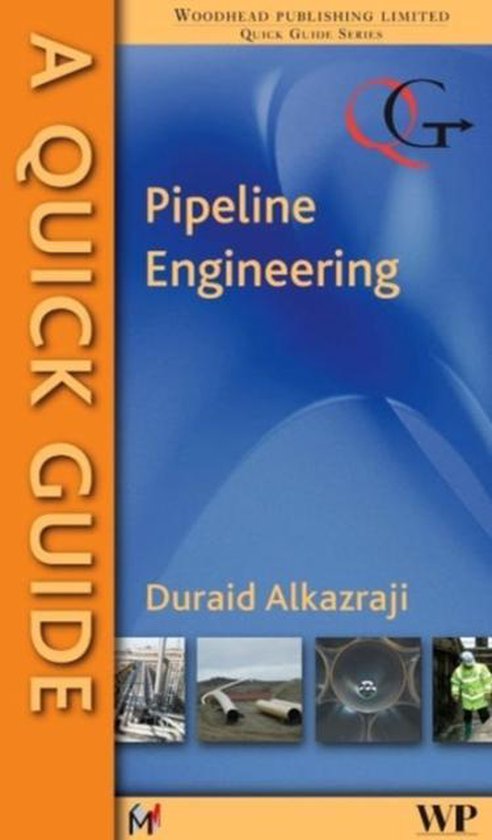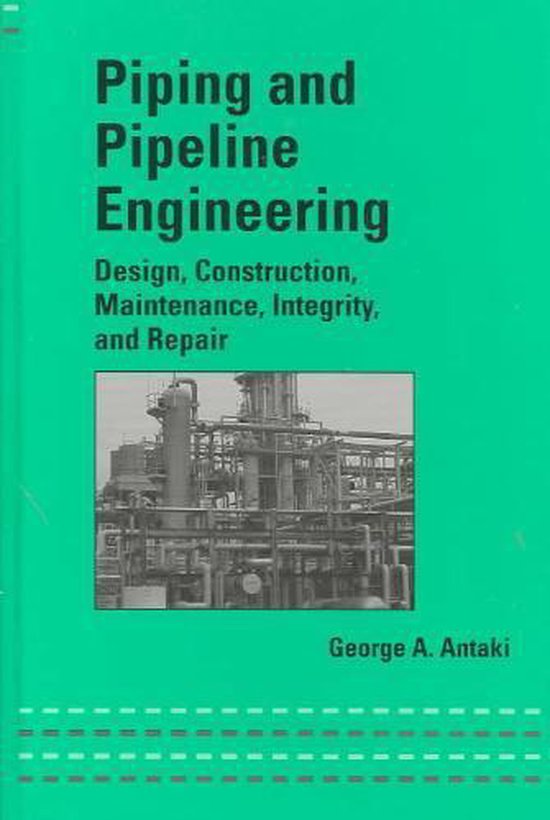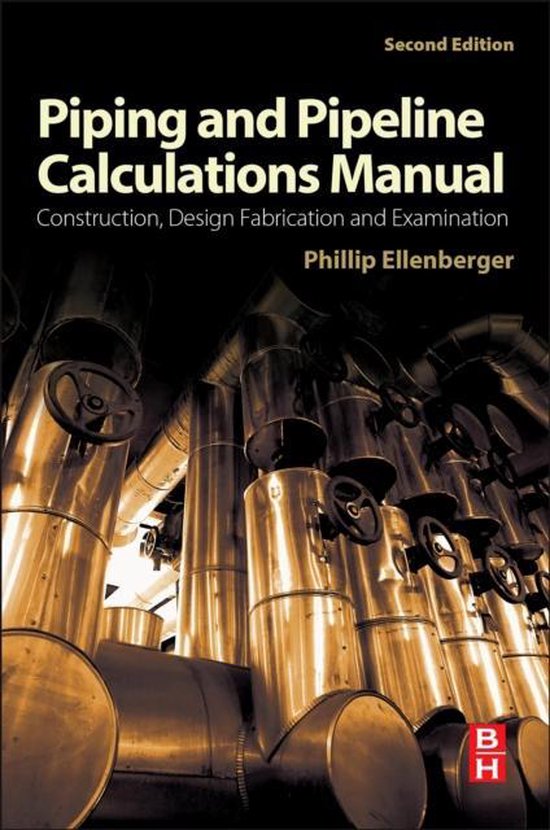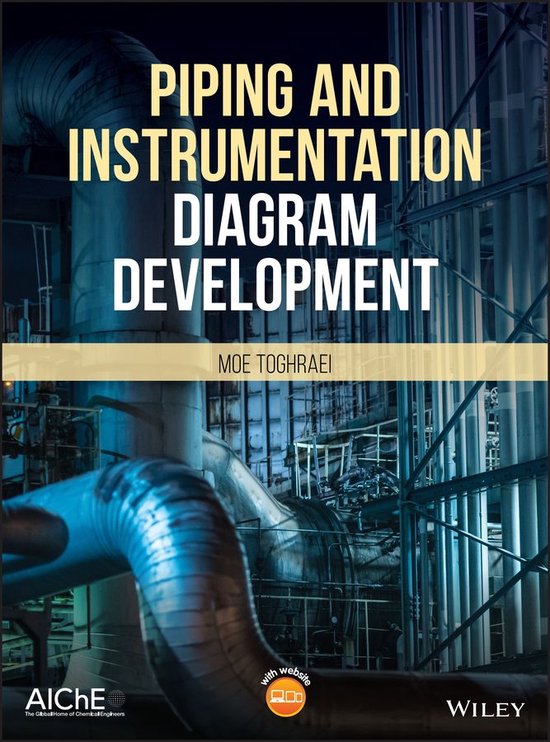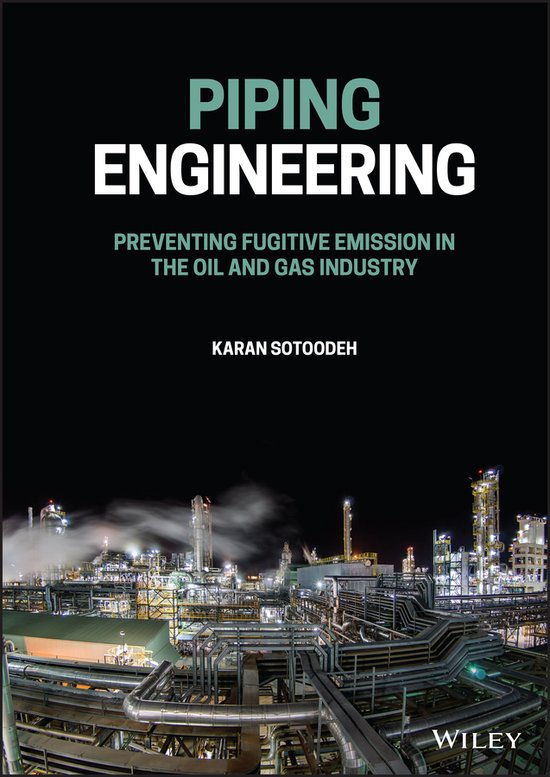
Piping Engineering
Eliminate or reduce unwanted emissions with the piping engineering techniques and strategies contained in this book
Piping Engineering: Preventing Fugitive Emission in the Oil and Gas Industry is a practical and comprehensive examination of strategies for the reduction or avoidance of fugitive emissions in the oil and gas industry. The book covers key considerations and calculations for piping and fitting design and selection, maintenance, and troubleshooting to eliminate or reduce emissions, as well as the various components that can allow for or cause them, including piping flange joints.
The author explores leak detection and repair (LDAR), a key technique for managing fugitive emissions. He also discusses piping stresses, like principal, displacement, sustained, occasional, and reaction loads, and how to calculate these loads and acceptable limits. Various devices to tighten the bolts for flanges are described, as are essential flange fabrications and installation tolerances.
The book also includes:
- Various methods and calculations for corrosion rate calculation, flange leakage analysis, and different piping load measurements
- Industry case studies that include calculations, codes, and references
- Focuses on critical areas related to piping engineering to prevent emission, including material and corrosion, stress analysis, flange joints, and weld joints
- Coverage of piping material selection for offshore oil and gas and onshore refineries and petrochemical plants
Ideal for professionals in the oil and gas industry and mechanical and piping engineers, Piping Engineering: Preventing Fugitive Emission in the Oil and Gas Industry is also a must-read resource for environmental engineers in the public and private sectors.
Eliminate or reduce unwanted emissions with the piping engineering techniques and strategies contained in this book
Piping Engineering: Preventing Fugitive Emission in the Oil and Gas Industry is a practical and comprehensive examination of strategies for the reduction or avoidance of fugitive emissions in the oil and gas industry. The book covers key considerations and calculations for piping and fitting design and selection, maintenance, and troubleshooting to eliminate or reduce emissions, as well as the various components that can allow for or cause them, including piping flange joints.
The author explores leak detection and repair (LDAR), a key technique for managing fugitive emissions. He also discusses piping stresses, like principal, displacement, sustained, occasional, and reaction loads, and how to calculate these loads and acceptable limits. Various devices to tighten the bolts for flanges are described, as are essential flange fabrications and installation tolerances.
The book also includes:
- Various methods and calculations for corrosion rate calculation, flange leakage analysis, and different piping load measurements
- Industry case studies that include calculations, codes, and references
- Focuses on critical areas related to piping engineering to prevent emission, including material and corrosion, stress analysis, flange joints, and weld joints
- Coverage of piping material selection for offshore oil and gas and onshore refineries and petrochemical plants
Ideal for professionals in the oil and gas industry and mechanical and piping engineers, Piping Engineering: Preventing Fugitive Emission in the Oil and Gas Industry is also a must-read resource for environmental engineers in the public and private sectors.
| Auteur | | Karan Sotoodeh |
| Taal | | Engels |
| Type | | Hardcover |
| Categorie | | Technologie & Bouwkunde |
